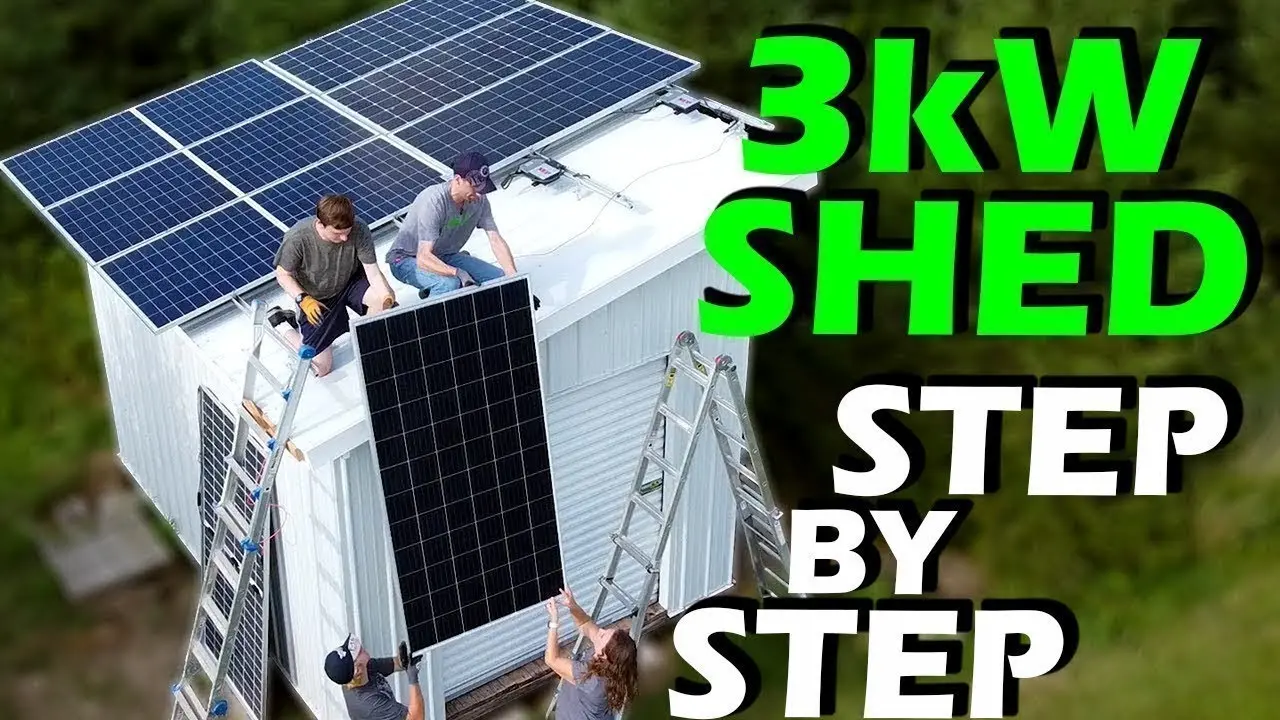
Installing solar panels yourself can be a fun and rewarding way to save money on your energy costs and help the environment. While it requires careful planning and execution, beginners can successfully install a small-scale system with the right guidance.
Step 1: Planning and Permits
Before you begin, assess your energy needs and roof space such as surveillance technology, home automation and home appliances, etc. Obtain necessary permits from your local authorities and ensure your roof’s structural integrity.

Create a detailed plan, including the number of panels, inverter location, and wiring layout.
Step 2: Gathering Materials and Tools

Purchase high-quality solar panels, an inverter, mounting hardware, wiring, and safety equipment. Gather tools like a drill, wrench set, and multimeter. Safety is paramount; wear protective gear and work with a helper if possible.
Step 3: Mounting the Racking System
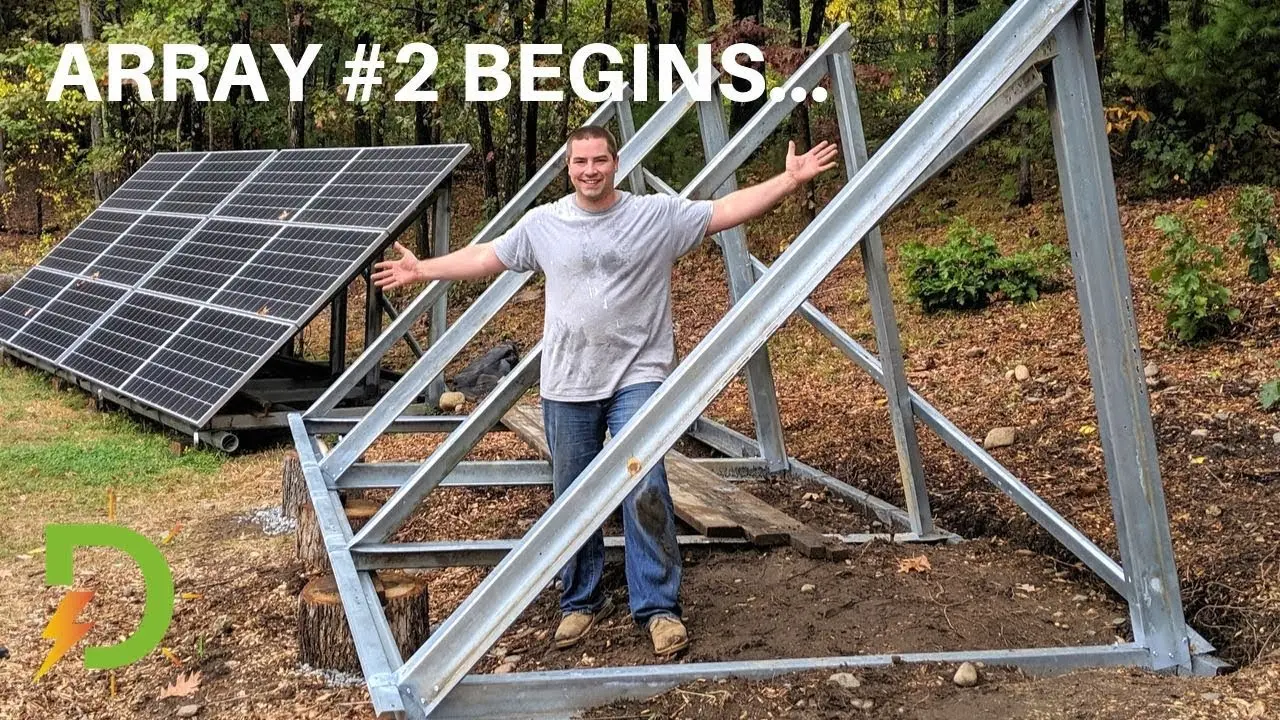
Install the racking system according to the manufacturer’s instructions. Ensure it’s securely attached to your roof and properly aligned. This system will support the solar panels.
Step 4: Installing the Solar Panels
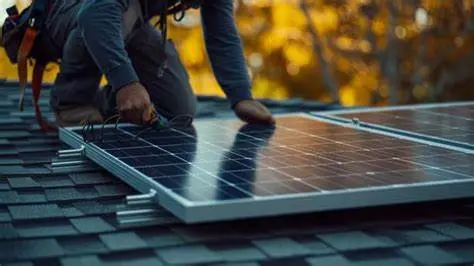
Carefully mount the solar panels onto the racking system, securing them with bolts and clamps. Connect the panels in series or parallel, depending on your system’s design. Use appropriate wiring connectors to ensure secure connections.
Step 5: Wiring and Inverter Installation
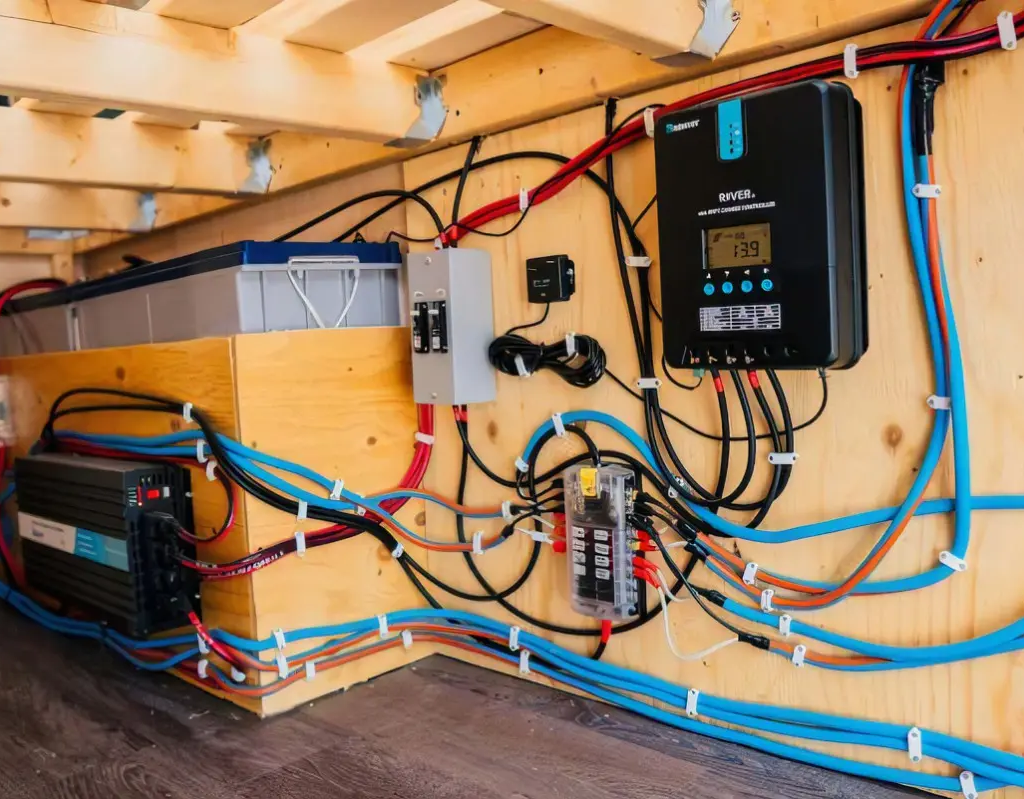
Connect the solar panel array to the inverter using appropriate wiring. The inverter converts DC electricity from the panels to AC electricity for your home. Install the inverter in a well-ventilated location and follow the manufacturer’s instructions.
Step 6: Connecting to the Grid (If Applicable)
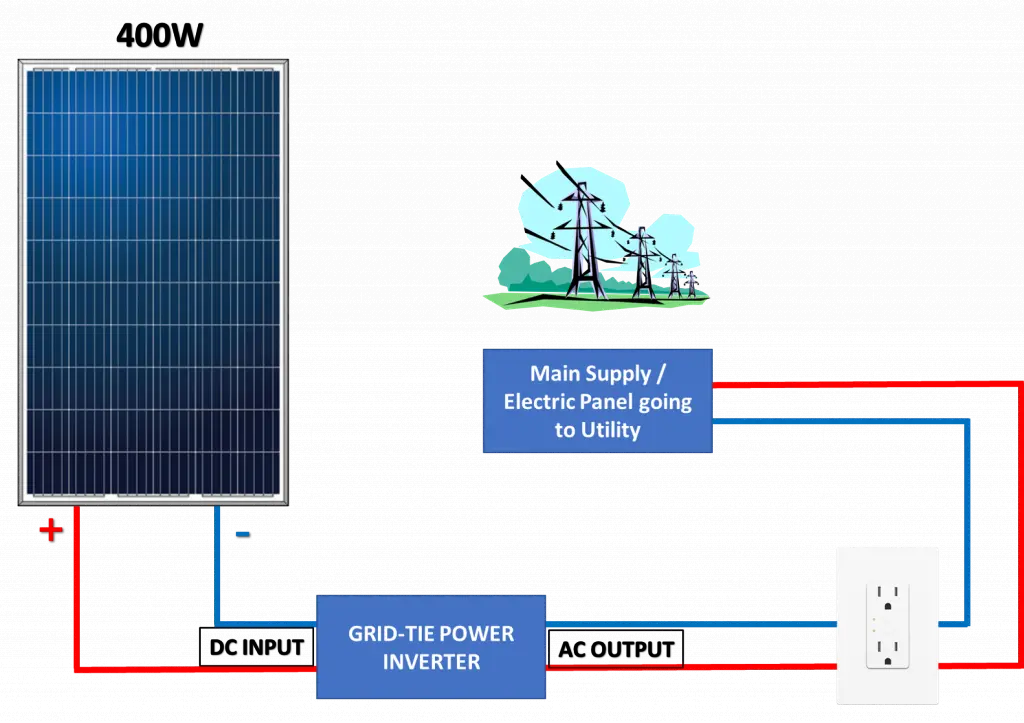
If you’re connecting to the grid, work with a qualified electrician to ensure proper connections and safety. A grid-tied system requires a bidirectional meter to track energy flow.
Step 7: Testing and Monitoring
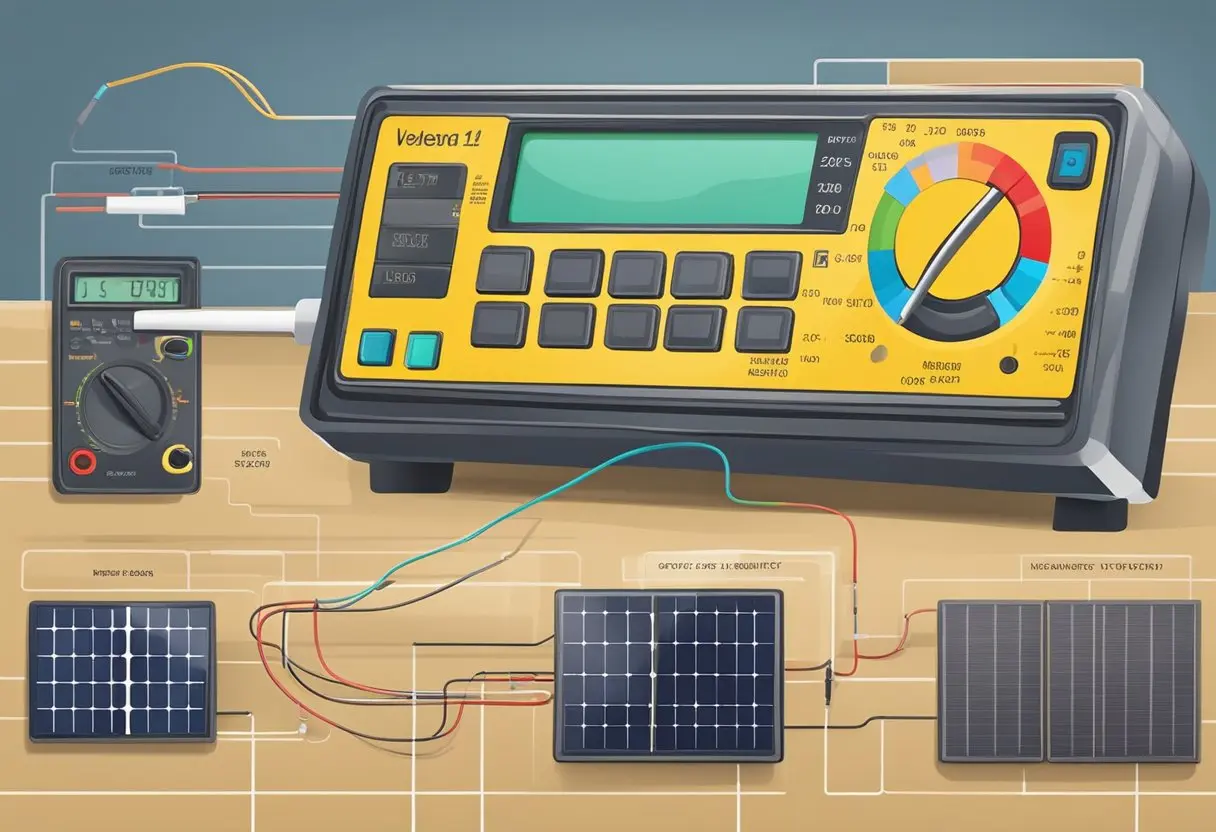
Test the system with a multimeter to ensure proper voltage and current. Install a monitoring system to track energy production and system performance.
Important Considerations:
- Safety: Solar installations involve working at heights and with electricity. Prioritize safety and seek professional help if needed.
- Local Regulations: Adhere to local building codes and electrical regulations.
- Professional Help: Consider consulting a qualified electrician for complex wiring and grid connections.
DIY solar installation can be a fulfilling project, but careful planning and safety are crucial for success. Also, some concept cars have started adopting the need for solar panels as part of its technology.



this is good